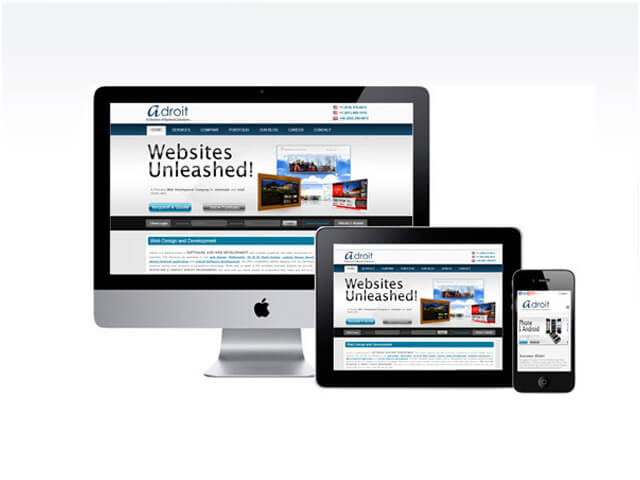
by Gargi Banerjee | Jan 15, 2025 | Website Design

Loading...

by Gargi Banerjee | Dec 17, 2015 | Website Design

Loading...

by Gargi Banerjee | Sep 1, 2015 | Website Design

Loading...

by Gargi Banerjee | Feb 2, 2015 | Website Design

Loading...

by Gargi Banerjee | Aug 10, 2013 | Website Design

Loading...

by Gargi Banerjee | Aug 28, 2012 | Website Design

Loading...









 (1 votes, average: 4.00 out of 5)
(1 votes, average: 4.00 out of 5) (10 votes, average: 4.70 out of 5)
(10 votes, average: 4.70 out of 5)